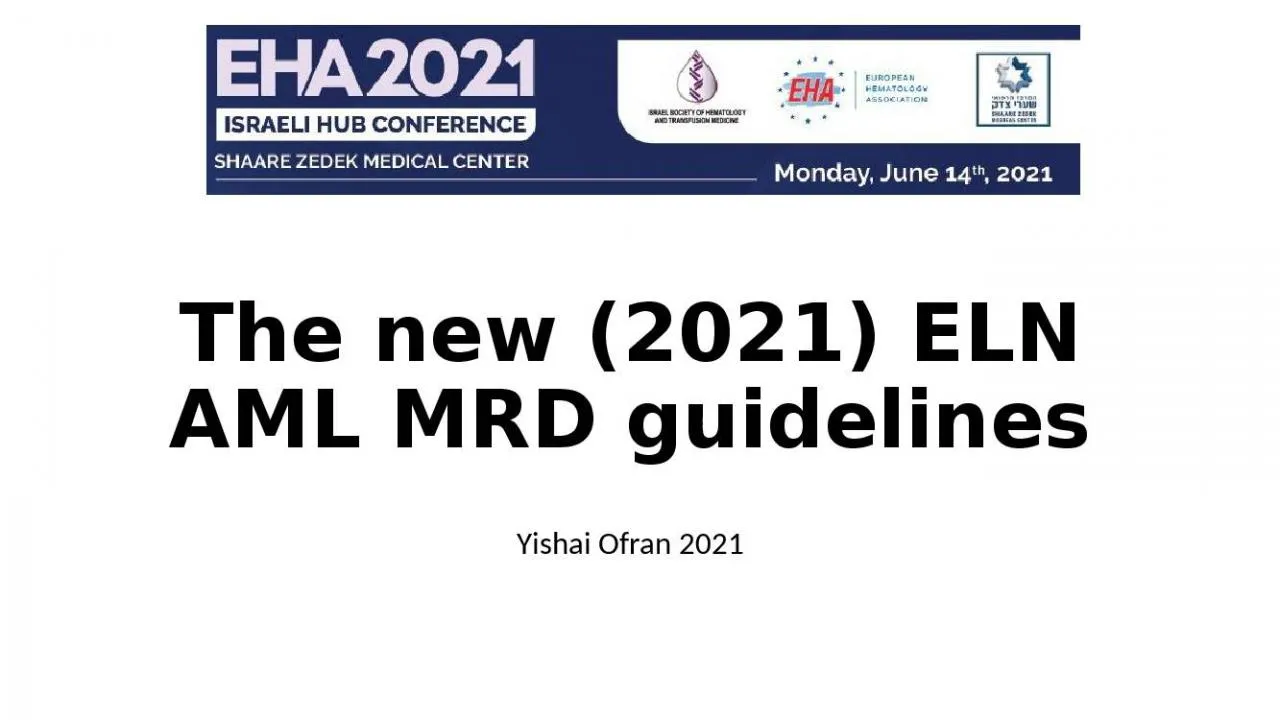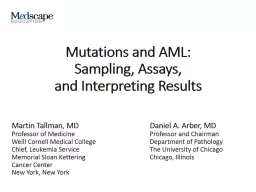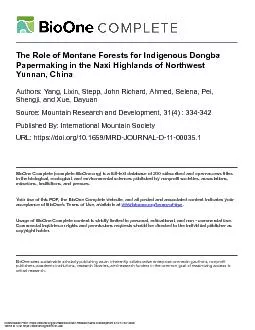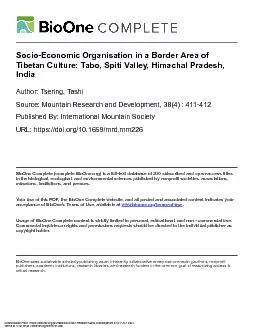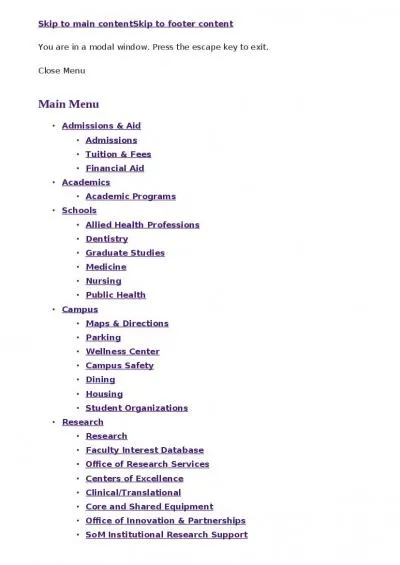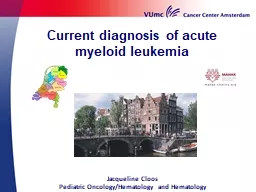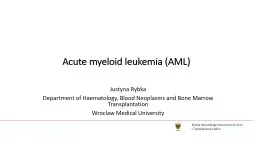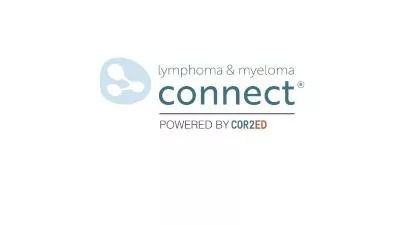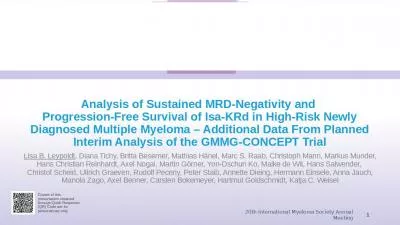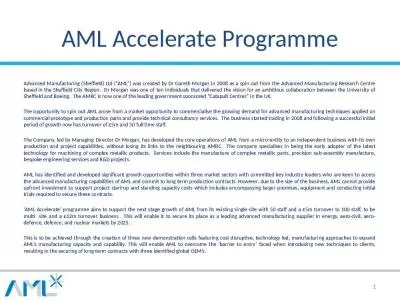PPT-The new (2021) ELN AML MRD guidelines
Author : sylvia | Published Date : 2022-02-14
Yishai Ofran 2021 The general idea of MRD measurement MRD can be used as a biomarker Sponsors can potentially use MRD status as any of the following types of
Presentation Embed Code
Download Presentation
Download Presentation The PPT/PDF document "The new (2021) ELN AML MRD guidelines" is the property of its rightful owner. Permission is granted to download and print the materials on this website for personal, non-commercial use only, and to display it on your personal computer provided you do not modify the materials and that you retain all copyright notices contained in the materials. By downloading content from our website, you accept the terms of this agreement.
The new (2021) ELN AML MRD guidelines: Transcript
Download Rules Of Document
"The new (2021) ELN AML MRD guidelines"The content belongs to its owner. You may download and print it for personal use, without modification, and keep all copyright notices. By downloading, you agree to these terms.
Related Documents

